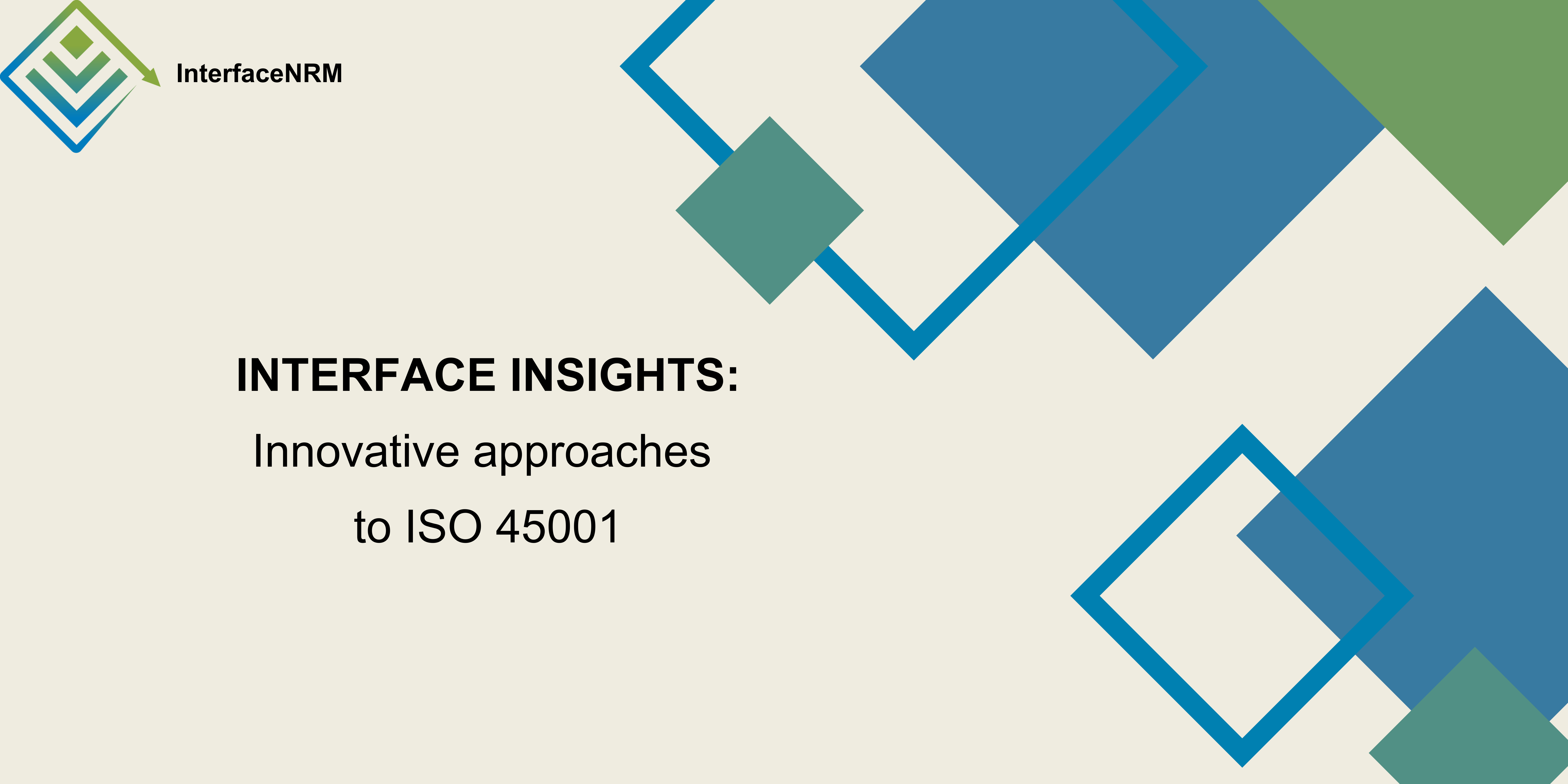
Innovative Approaches to ISO 45001
Implementing ISO 45001 is a strategic move for businesses aiming to enhance workplace safety. This standard is pivotal for improving occupational health and safety (OHS) by reducing workplace risks and fostering safer working environments. Here’s how key industries benefit from ISO 45001’s structured safety management approach.
Construction Industry: Elevating Safety Standards
The construction industry is fraught with high-risk environments. Workers face challenges like fall risks, equipment accidents, and exposure to hazardous materials. ISO 45001 addresses these risks through a systematic safety management framework. By prioritising employee safety, construction firms can enhance risk assessments, improve worker training, and implement preventative measures. This approach not only ensures compliance with regulatory requirements but also strengthens the overall safety culture, boosting worker morale and productivity. Regular audits further encourage continuous improvement.
Manufacturing Industry: Enhancing Operational Efficiency
In manufacturing, machinery-related accidents, ergonomic issues, and chemical exposure are prevalent challenges. ISO 45001 helps mitigate these risks by enforcing safety procedures and regular audits. This proactive risk management reduces workplace incidents, minimising downtime and costs. As a result, manufacturers experience continuous improvement in safety practices, driving operational efficiencies.
Healthcare Industry: Protecting Staff and Patients
Healthcare environments present unique safety challenges, including exposure to infectious diseases and hazardous substances. ISO 45001 provides a comprehensive framework to control these risks effectively. By integrating safety management into daily operations, healthcare facilities protect both staff and patients, reducing work-related injuries and illnesses. This leads to more effective patient care.
Other Industries: Broad Benefits
Beyond construction, manufacturing, and healthcare, industries like energy, transportation, and agriculture also benefit from ISO 45001. The energy sector, dealing with high-risk activities, uses the standard to formalise safety protocols and foster a robust safety culture. In transportation, it reduces accidents through stringent safety checks and maintenance routines. Across various high-risk sectors, ISO 45001 transforms workplace safety, tackling specific challenges and creating safer, more efficient work environments.
Conclusion
Implementing ISO 45001 can be challenging, but Interface NRM is here to help. With years of certification experience and a 5-star Trustpilot rating, we ensure a stress-free certification process. Whether you need free advice or no-obligation quotations, we are committed to excellent customer service. Contact us at 01952 288325 or email [email protected] to start your certification journey today.
Recent Posts
Interface Insights: Innovative approaches to implementing ISO 45001
Innovative Approaches to Implementing ISO 45001 Implementing ISO 45001 is a strategic move for businesses aiming to enhance workplace safety. This standard is pivotal for improving occupational health and safety (OHS) by reducing workplace [...]
Interface Insights: Best practices for a quality management system
In today’s competitive business landscape, maintaining high-quality standards is paramount for success; however, it can be challenging. ISO 9001, a recognised standard for Quality Management Systems (QMS), provides a robust framework for businesses [...]
Interface Insights: Industry-wide impact of ISO 14001 on environmental footprint reduction
Industry-wide impact of ISO 14001 on environmental footprint reduction In today’s competitive business environment, sustainability has become a critical factor in operations across various industries. ISO 14001 is an internationally recognised standard for environmental [...]
